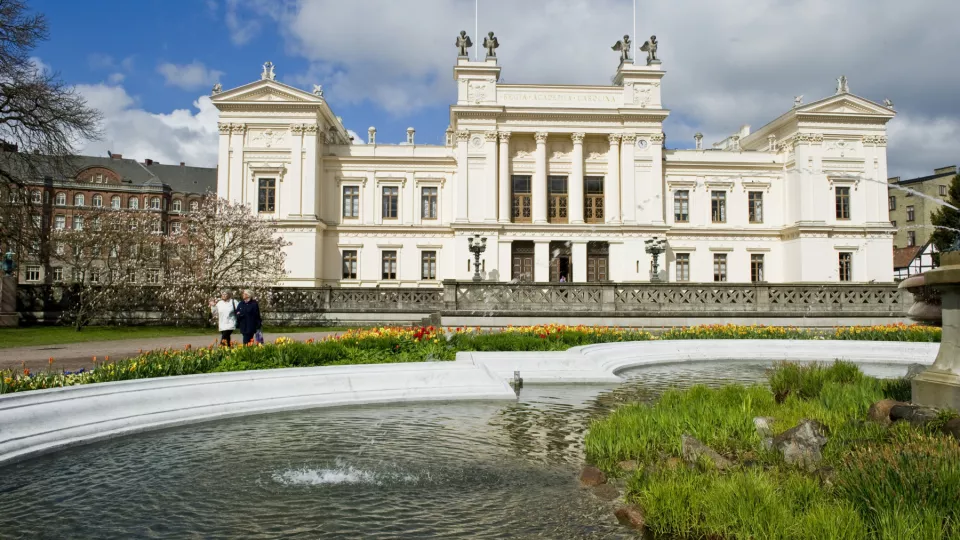Thirty researchers from over a dozen departments at Lund University were behind the profile area application for Sustainable solutions in the climate change – biodiversity – social nexus – ClimBioSis.
“The application is based on a fantastic team of colleagues at Lund University. It is an extremely exciting challenge to develop the interdisciplinary interactions in this team, which will be the basis for successful work,” says Henrik Smith, who, together with Emily Boyd, Paul Miller and the rest of the team, worked on the application.
“The profile area is based on long-term, systematic work to strengthen research, external engagement and education regarding climate and biodiversity in relation to economic and social sustainable development; now we are reaping the harvest of this work.”
Synergies and risks
ClimBioSis focuses on the possibility for synergies and the risk of conflicts that exist between climate solutions and measures to preserve biodiversity, and the consequences and opportunities such solutions entail for society and people’s wellbeing. The researchers will focus on ecosystem-based solutions that mobilise natural ecosystem processes to be able at the same time to manage climate change and loss of biodiversity, and the opportunities that such solutions entail for creating a socially and economically sustainable society.
“What makes us unique is our ability to handle processes on different scales, from the interactions of single species to global climate processes and from individual people’s experience of nature to overall policies in the private and public sectors,” says Henrik Smith.
Increased understanding
In concrete terms, the researchers will, among other things, work for increased understanding of the processes regarding the role biodiversity plays in the interaction between ecosystems and climate. The knowledge will be integrated into climate models in order to create a better basis for decision-making. The aim is to examine how biodiversity can help to create a multifunctional landscape, but with a broad focus on all the values that biodiversity can contribute.
“Not least, we want to increase knowledge about how people perceive and value biodiversity, and the consequences this has for handling biodiversity in decisions. In order for the knowledge we generate to have consequences that lead to sustainable development, we also want to understand how biodiversity and climate change have been handled and can be handled by companies and the financial sector and in political decisions; where are the points of conflict and where are the synergies? The aim is for this to contribute to what the UN’s climate panel, IPCC, and the intergovernmental platform for biodiversity, IPBES, call “transformative societal change”, which can achieve sustainable development,” says Henrik Smith.
Lund University’s other profile areas for 2022-2030 decided on 23 June are:
- Human Rights in a Polarized World
- Light and materials – from fundamental understanding to industrial and societal needs
- Natural and artificial cognition: 1, 2, many.
- Proactive Ageing: Brain & Movement – From Molecular Changes to Engagement with Life and Society
Read more here:
